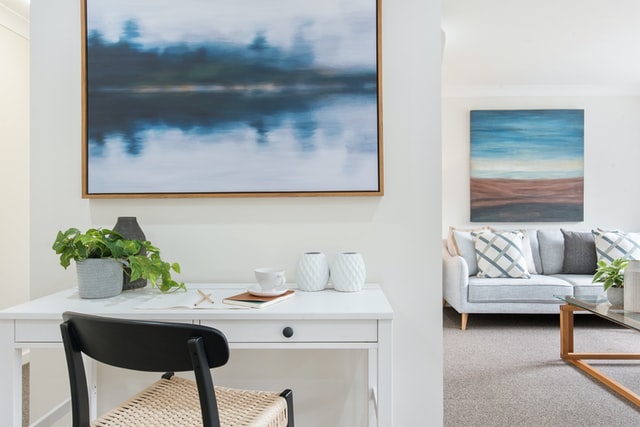What Tenant Wear and Tear is Excessive and What is Normal

Moving out of a rental can be tough. Usually living in a space over time will cause some wear and tear on the property. This is slow damage that comes from living in a space over time. There are reasonable wear and tear and excessive wear and tear. It is always important to communicate with your landlord to clarify what is expected when signing a lease. If you are a landlord I suggest clearly stating what you expect the property to look like at the end of the lease. Tenant wear and tear is expected, but make sure the leasing agreement is setting reasonable expectations.
Reasonable Wear and Tear
This is wear and tear that your landlord expects. Although this varies, reasonable wear and tear can be pinholes from tacks, scuff marks on walls/floor, and some dirty carpet after a long term lease. This is all defined by state law and can be summarized as anything that has a shorter life expectancy than your stay.
So don’t be worried when your rental started to have normal aging house issues. However, it is important to stay on top of it and notify your landlord. Houses get old, and issues can pile up and become bigger problems.
Excessive Wear and Tear
This includes damage to the property that was caused by neglect, negligence, and abuse. Windows don’t usually break by themselves. With that being said, each situation should be treated differently. There are many factors that need to be considered. This is why landlords should choose their renters carefully.
How to be Prepared
Most likely your landlord will mention wear and tear in the lease agreement. This is actually a good sign. Having your landlord set clear expectations can help save them and you a lot of time. Pictures can be a huge way to be prepared at the end of a lease. Make sure to take pictures of any damage to the document. Keep your receipts and record the actual cost of damages.


